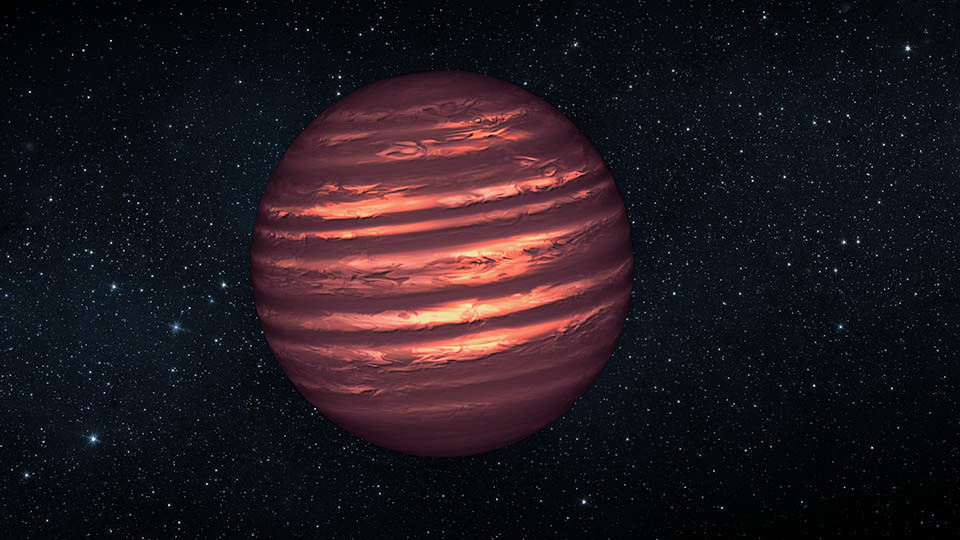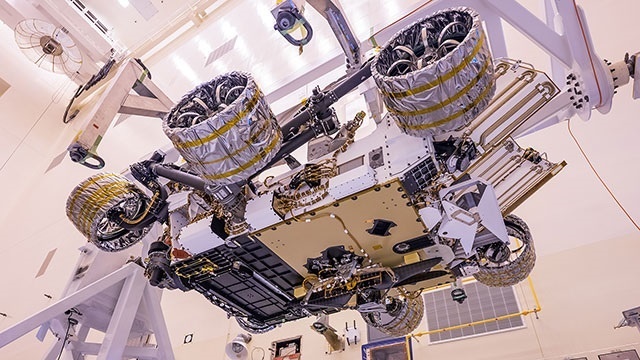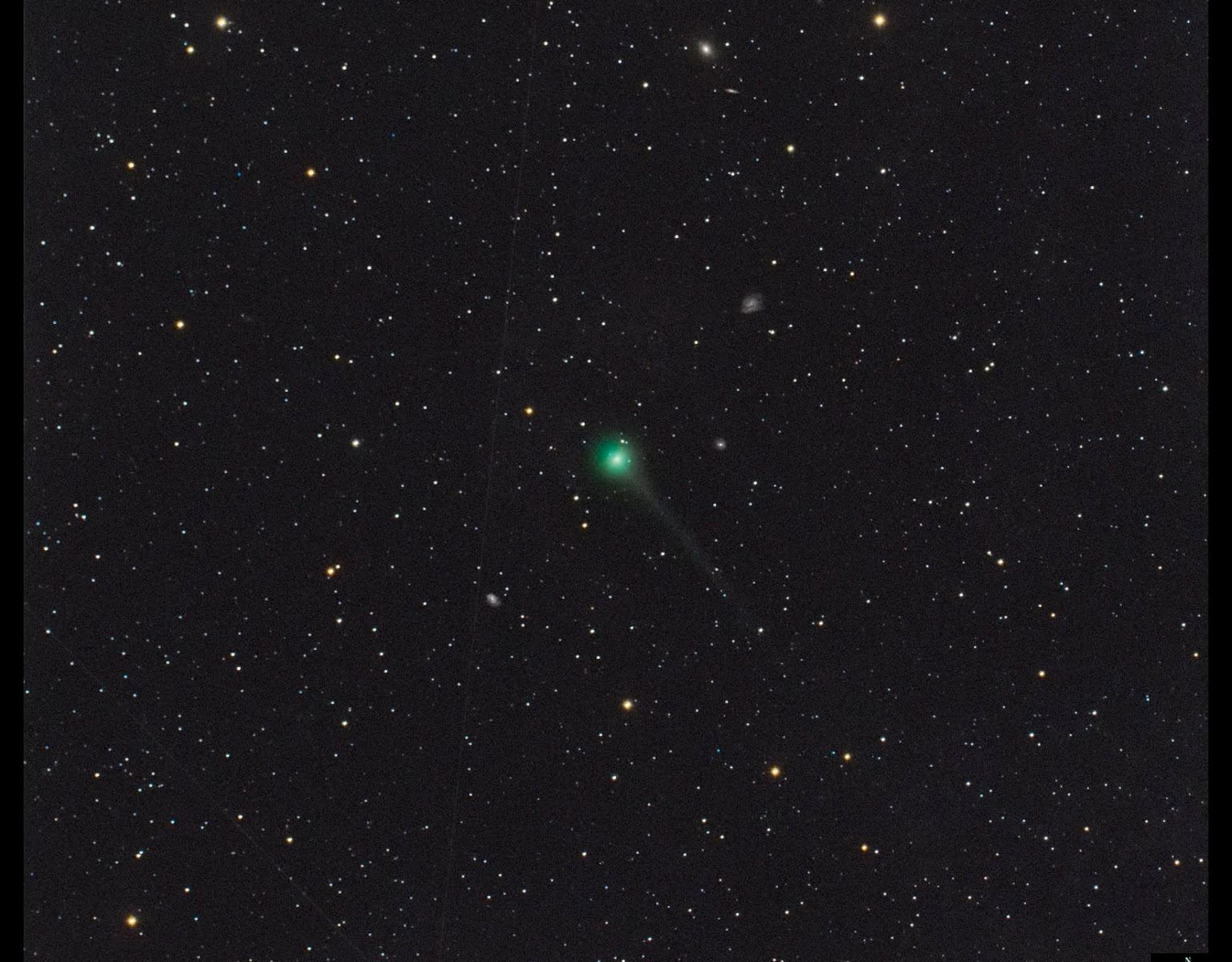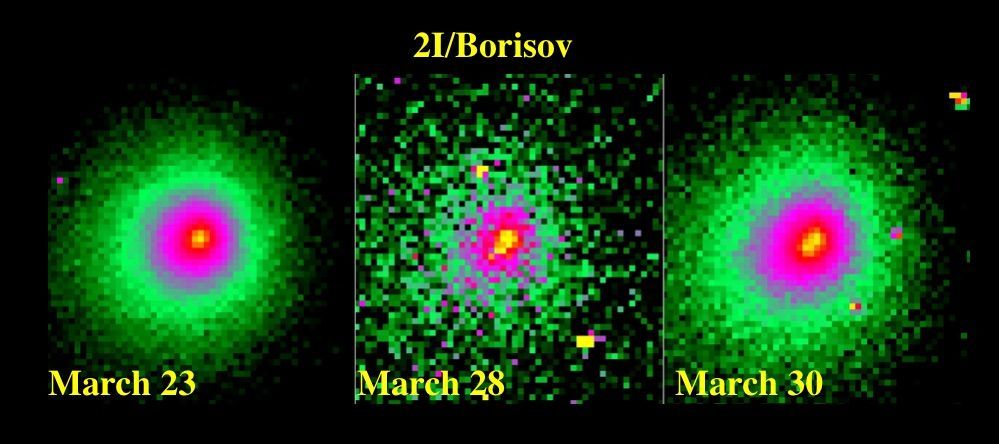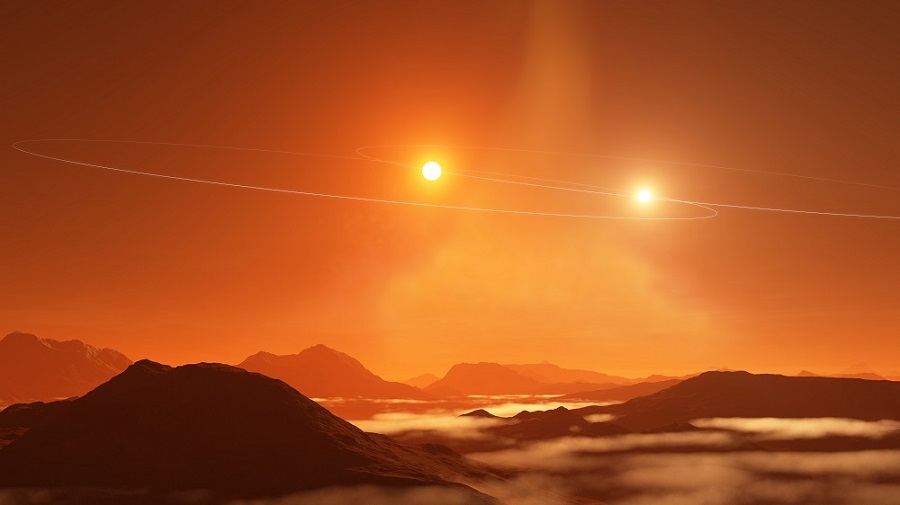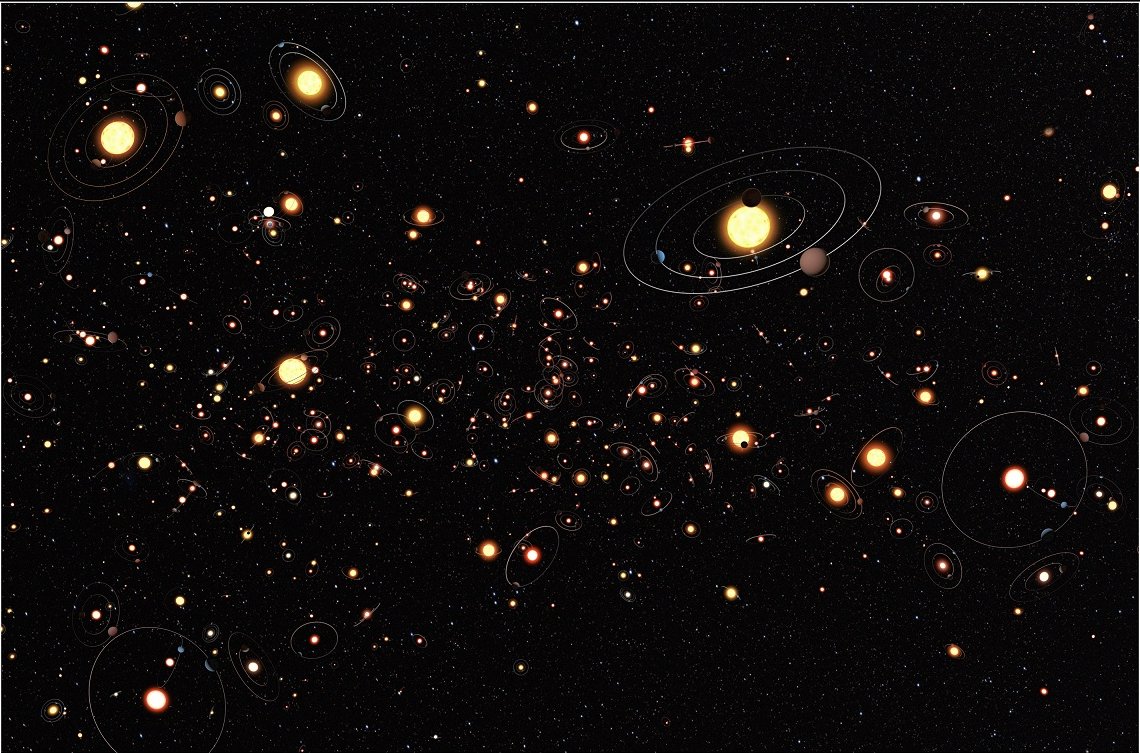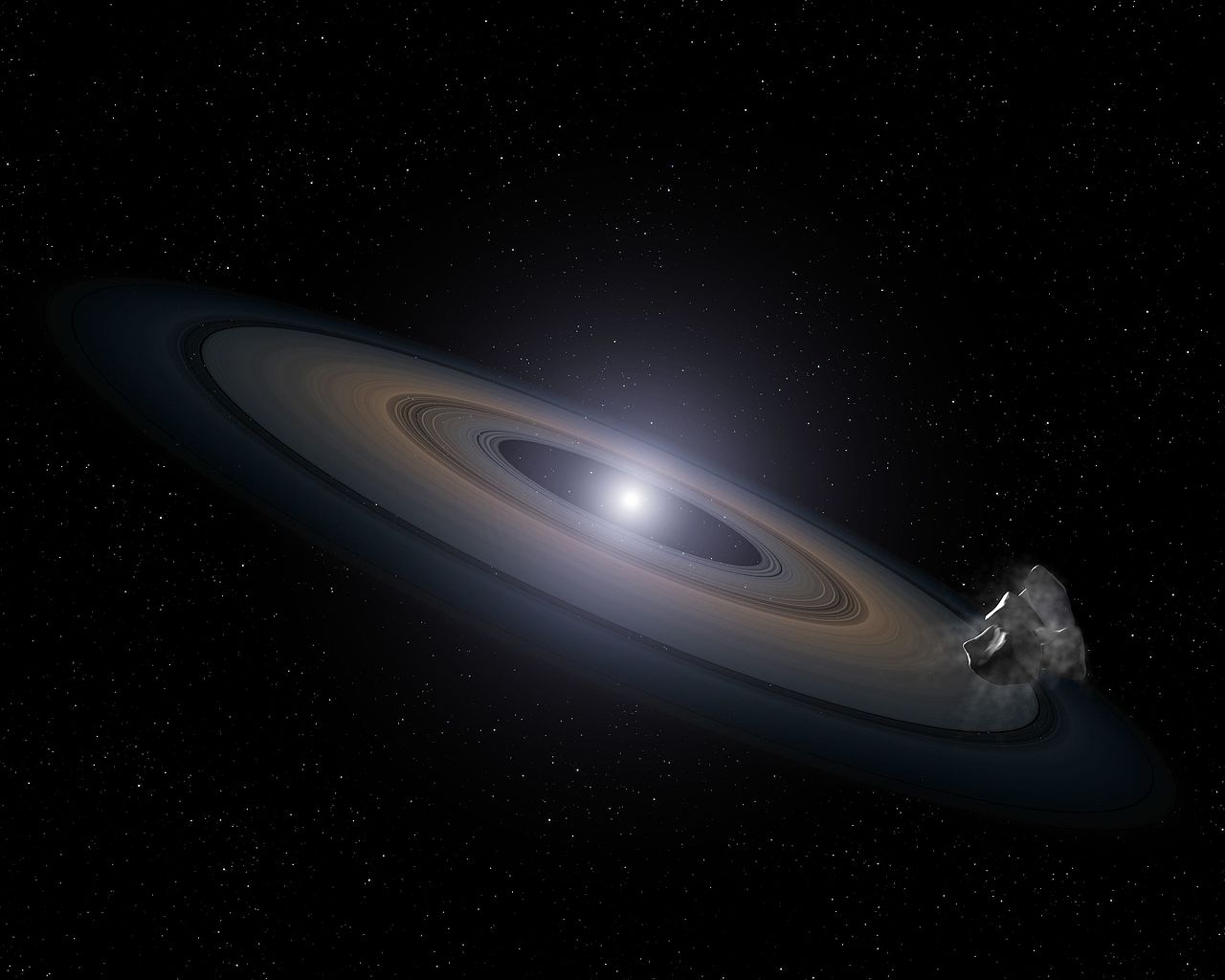In 2017, an international team of astronomers announced a momentous discovery. Based on years of observations, they found that the TRAPPIST-1 system (an M-type red dwarf located 40 light-years from Earth) contained no less than seven rocky planets! Equally exciting was the fact that three of these planets were found within the star’s Habitable Zone (HZ), and that the system itself has had 8 billion years to develop the chemistry for life.
At the same time, the fact that these planets orbit tightly around a red dwarf star has given rise to doubts that these three planets could maintain an atmosphere or liquid water for very long. According to new research by an international team of astronomers, it all comes down to the composition of the debris disk that the planets formed from and whether or not comets were around to distribute water afterward.
Read more

